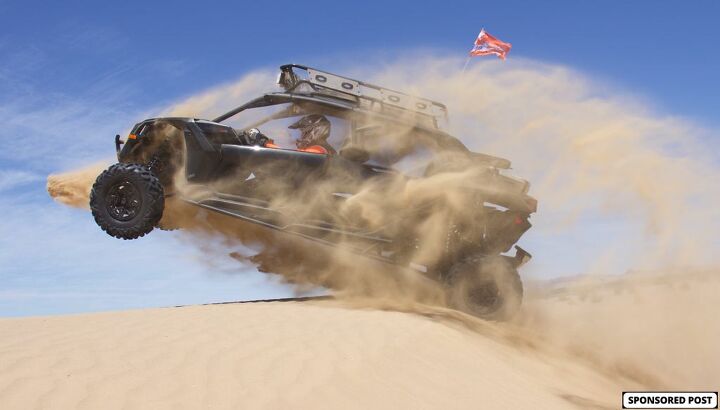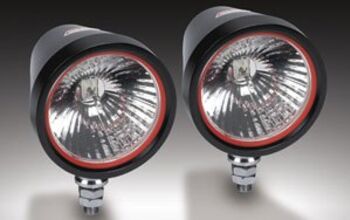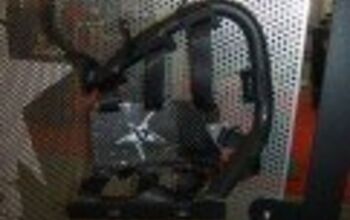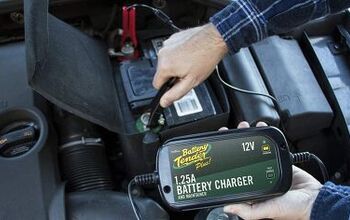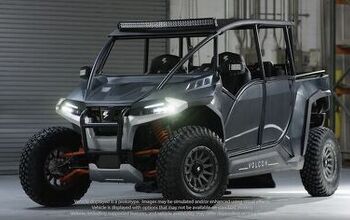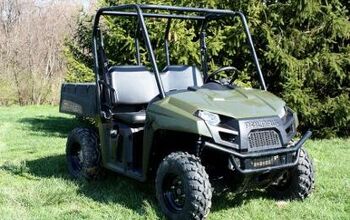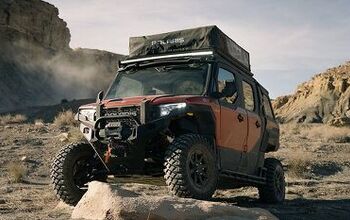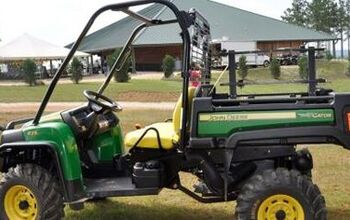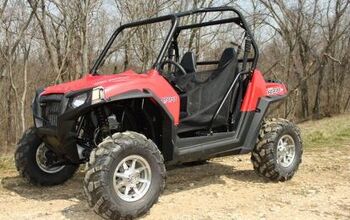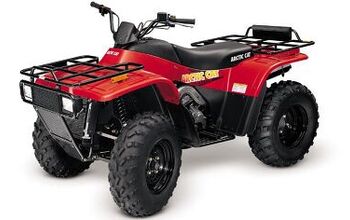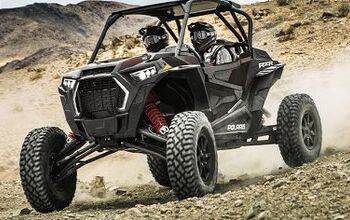Gates G-Force Redline Belts: Why Do They Stand Out?
If you hold the keys to a powersports machine, you know the importance of having a drivetrain belt that can withstand the rigors of blasting across sand dunes or through a tough off-road trail. It’s a safe assumption that most of our readers – and pretty near all of our writers – regularly put their machines through what can accurately be described as a ‘heavy duty cycle’. With standard additions like larger tires and modifications to increase horsepower, there’s a good chance your usage cases will go beyond even heavy duty.
That’s why companies like Gates plow incredible amounts of research and development into its G-Force Redline CVT belts. As a 110-year old company with more than a decade of experience under their belts (pun firmly intended) with CVT belts, Gates knows how to build a product that can be relied upon even in the harshest of conditions. In fact, they were the first to market with Ethylene Elastomer CVT belts, a component which takes belt durability and performance to the next level.
Gates Redline belts are manufactured by mixing Ethylene elastomer (EE) rubber with Aramid fibers in a complex process, thus enabling several performance advantages. EE is incredibly resistant to heat. This allows the belt to run up to 338°F (170°C), for longer durations, and survive multiple heat cycles better without glazing or power loss. Glazing leads to belt slip and any rider worth their salt knows that excessive slipping can be a death sentence to a CVT belt, causing mayhem with power delivery before an inevitable belt failure – sometimes in dramatic fashion. The Aramid fibers prevent abrasion wear which eventually lowers your drive ratio, dropping you further back in the pack.
Hey, an exploding belt might make for a viral TikTok video, but it can certainly ruin a day on the trail. Better to capture one’s driving heroics of internet infamy instead of catastrophic mechanical failures. Gates’ continued focus on the intersection of materials science and process engineering is what has enabled the company to bring these and other ethylene-based products to market.
“At Gates, transforming our industrial belt platforms using Ethylene Elastomer compounds is a priority,” said Tom Pitstick, CMO and senior vice president of product line management for Gates. In particular, the line of G-Force RedLine powersports belts is an example of how the company is leading the way in advanced materials development for the industry.
But beyond the marketing speak, there’s actual substance. Top race teams who regularly tackle some of the toughest courses in North America use Gates G-Force Redline belts in competition situations, an environment where every second counts and an untimely breakdown can mean the difference between spraying champagne on the podium and quietly shuffling back to the trailer. Gates’ G-Force Redline belts with ethylene polymer compound provide customers with increased performance, more uptime, and extended operating temperatures.
How much more uptime? In testing at the notoriously tough environments around Moab, the company has found its Redline belts can eke out double (and even triple, if conditions are right) the life of an OE belt. As a specific example, Gates says stock Can-Am belts were hitting approximately 2,000 miles while Gates products were hitting 4,000 – 5,000 miles. If you want to talk about decreased downtime, that’s a telling statistic right there.
If your main concern is performance, Gates has you covered with these Redline belts. The patented Gates EE compound maximizes axial stiffness, enabling belts to run at higher continuous torques or loads. In other words, the belt is far less likely to twist off like a candy cane when you nail the throttle to make it up that dune at Glamis. The company goes on to say that, thanks to its innovative design, the Redline CVT belt results in better acceleration, higher top speeds, and less energy loss in extreme off-road environments.
We’ll temper all this good news with the warning it is still important to properly install the belt. In other words, rudely prying the thing during installation or going for a top speed run at maximum acceleration immediately after fitting it to your rig will still be a recipe for disaster. All belts, no matter their construction, need to be correctly installed with an appropriate amount of break in time. Gats has all the details you need to properly break in your new Redline belt available online.
Be sure to insist on a Gates Redline belt when buying service parts for your off-road machine. After all, a ‘heavy duty cycle’ is simply a normal riding day for most of us, right?
More by Sponsored Post



